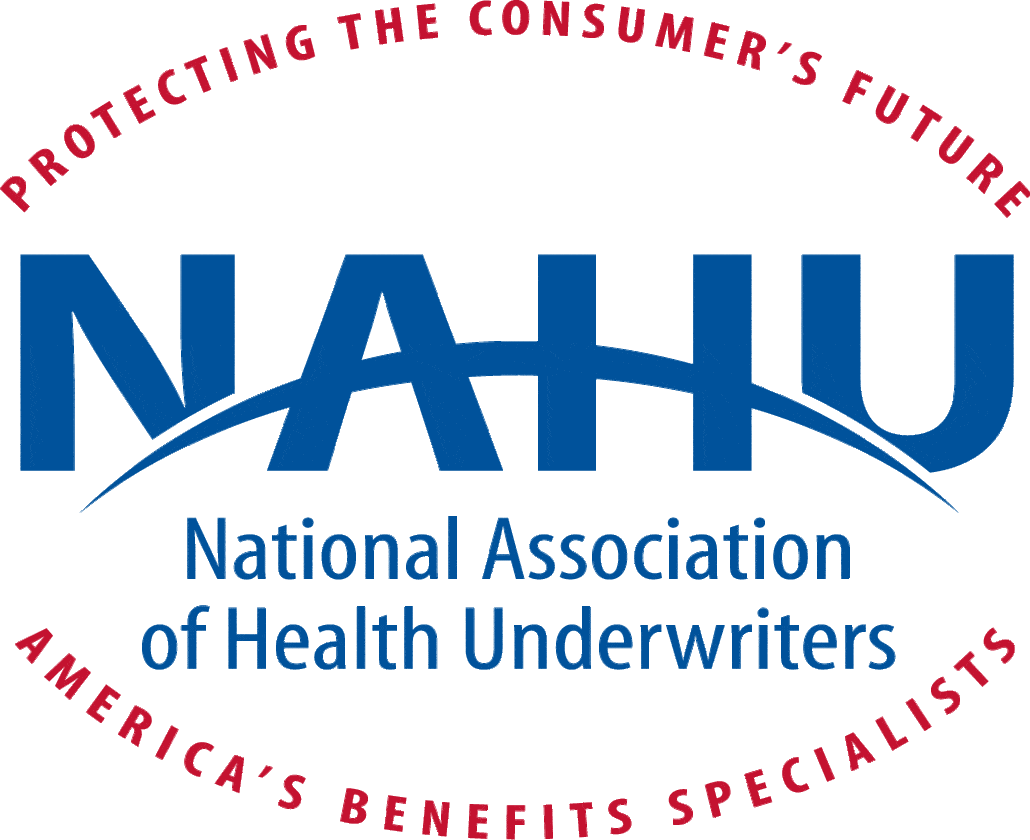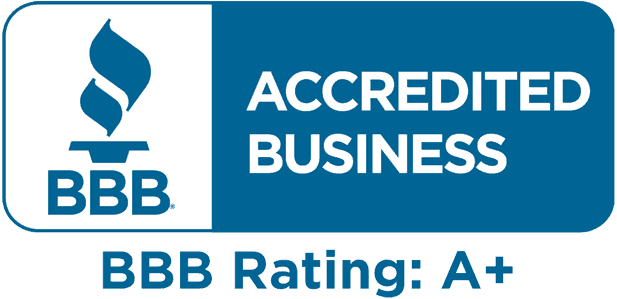A Medicare Cost Plan is an alternative to a Medicare Advantage or Medigap policy that is only available in some counties in the U.S. Like Medicare Advantage, it is designed to offer more benefits than Original Medicare, but is most common in rural areas where a Medicare Advantage policy isn’t available or there are fewer coverage options.
As of 2019, the government has begun phasing out Medicare Cost Plans in some areas, so they may no longer be available where you live. If that’s the case, you may be able to switch to a Medigap policy or a Medicare Advantage plan instead. Each of these plans offers more coverage than Original Medicare, but with different costs and benefits.
Medicare Cost Plans are especially popular in Minnesota, where nearly 400,000 people have signed up. But even there, cost plans are now available in only 21 counties.
Let’s take a look at what Medicare Cost Plans cover and how they differ from other types of Medicare policies, both in terms of coverage and enrollment requirements.
WHAT IS A MEDICARE COST PLAN?
A Medicare Cost Plan is a policy offered by a private insurer that supplements Original Medicare Parts A & B. Original Medical covers hospital stays and outpatient services, but it typically charges 20% coinsurance and has no out-of-pocket maximum.
A Medicare Cost Plan usually has lower copays and an out-of-pocket maximum when you see in-network providers. Depending on your plan, you may also be covered for additional services, such as hearing, dental, and vision care.
Unlike Medicare Advantage, which requires you to see in-network providers or pay out of pocket, you’ll also be able to visit out-of-network providers and be covered by Original Medicare. Gerald Kominski, director of the Center for Health Policy Research at UCLA, refers to Medicare Cost Plans as “an HMO with an escape clause.”
Because of this flexibility, a Medicare Cost Plan may appeal to people who spend time in more than one state or who “snowbird” for the winter. If you’re feeling sick, you don’t have to return home to get treatment from an in-network doctor. You can simply show your Medicare card and your Cost Plan card to any provider who accepts Medicare.
If you see a provider that’s not in your Cost Plan’s network, though, you’ll be responsible for the standard copays and deductibles for Medicare Parts A & B, so keep this in mind when estimating costs and deciding which type of plan is right for you.
In addition to hospital and outpatient care, some Medicare Cost Plans offer prescription drug coverage, which helps reduce your out-of-pocket costs for prescription medication. If you take prescription drugs, you can either search for a Cost Plan that includes drug coverage, or you can get a standalone drug plan through Medicare Part D.
BENEFITS OF A MEDICARE COST PLAN
The main benefit to a Medicare Cost Plan is that it offers more comprehensive coverage than Original Medicare, similar to Medicare Advantage. But unlike Medicare Advantage, which combines all of your coverage into one policy, a Medicare Cost Plan allows you to keep your Part A & B coverage in order to see out-of-network providers.
This can be especially important for retirees who travel frequently and don’t receive all of their health care in the same state. Instead of being restricted to in-network providers or paying a higher fee to go out of network, you can get care from any doctor who accepts Medicare insurance by paying the Part B copay and deductible.
A Medicare Cost Plan will usually have a higher premium than a Medicare Advantage policy, but lower out-of-pocket costs for services, such as ambulance rides, surgeries, X-rays, and lab tests. Because Cost Plans are not medically underwritten, you will pay the same monthly premium regardless of your age or pre-existing conditions.
Also, you can sign up or leave your plan at any time, and you don’t have to wait for an annual enrollment period, as you do with Medicare Advantage.
ELIGIBILITY REQUIREMENTS
Most people who are enrolled in Original Medicare will be eligible for a Medicare Cost Plan — but only if you live in a county that offers it. As of 2017, only 14 states had plans available, and only 600,000 people were enrolled, primarily in Minnesota. This is in contrast to the 20 million Americans who are enrolled in Medicare Advantage.
If a Medicare Cost Plan is available where you live, you’ll need to be enrolled at least in Part B in order to be eligible for it. Being enrolled in Part A is not a requirement, as it is with Medicare Advantage. You’ll also have to choose a plan that is currently accepting new beneficiaries, and live in the area that it covers.
You can sign up and leave the plan at any time and return to Original Medicare without penalty. If you intend to switch to a Medigap or Medicare Advantage policy, though, you’ll have to wait for an enrollment period, and you may be subject to medical underwriting and face higher premiums or be denied coverage.
The only pre-existing condition that may make you ineligible for a Medicare Cost Plan is if you have End-Stage Renal Disease (ESRD).
Some Medicare Cost Plans are sponsored by a union or employer and only cover Part B benefits. If that’s the case, then you’ll need to enroll in Original Medicare in order to get Part A coverage. If you also want prescription drug coverage, then you’ll have to apply for a standalone drug plan through Medicare Part D.
PHASING OUT MEDICARE COST PLANS
Initially, Medicare Cost Plans were a way to offer more coverage options in areas where Medicare Advantage plans were not available. But since Medicare Advantage plans are now widely accessible, the Government Accountability Office (GAO) decided it would be more cost-effective to phase out Medicare Cost Plans.
As of January 1st, 2019, counties that have two or more competing Medicare Advantage plans available are no longer able to offer Medicare Cost Plans. If you were already on a Medicare Cost Plans in one of these counties, you may have received a letter from the Centers for Medicare and Medicaid Services that explained your options.
Some health insurers have begun the practice of “deeming,” or automatically enrolling beneficiaries into Medicare Advantage plans when they lose their Cost Plan coverage. This is only allowed if the increase in costs is less than $36 per month.
Other beneficiaries will have to switch to a new plan themselves. If you’re on a Medicare Cost Plan that is ending service in your area, you’ll be able to enroll in a Medigap policy without being subject to medical underwriting. If you choose this option, be sure to plan for it in advance to avoid any gaps in your health care coverage.
Some beneficiaries choose to switch to Medicare Advantage because premiums are cheaper, sometimes even as low as $0 per month. But these plans often have higher copays and out-of-pocket maximums than Medigap and cost plans.
If you travel frequently or want to continue seeing your doctor without worrying about out-of-network costs, then a Medigap policy may be a better choice.
HOW TO APPLY
First, find out if a Medicare Cost Plan is available where you live. Some plans may only be available in certain counties in your state. You can use the Medicare Plan Finder to see what options are available in your ZIP code.
You’ll see a list of all of the plans currently offered in your county, including Medicare Advantage plans and Medicare Cost Plans. Cost plans will include the word “cost” in parentheses, while Medicare Advantage plans will be listed as PPO or HMO.
Use the chart to compare the premium, deductible, and out-of-pocket maximum for each plan. If you see a plan that you like, you can click on the “Enroll” button to submit your information online and begin the enrollment process.
While there’s no annual enrollment period for Medicare Cost Plans, that doesn’t mean each insurer will accept new beneficiaries year-round. Insurers must offer at least one 30-day period each year for new beneficiaries to enroll in a plan. Make sure that the policy you choose is currently available for new sign-ups.
If you have questions, such as whether your current doctor is in the plan’s network, call up the insurer directly to make sure the plan will meet your needs.
WRAPPING UP
If a Medicare Cost Plan isn’t available where you live, or you simply want to explore your options, the team at the Medicare Store can help you find a policy that’s right for you. It may turn out that Medigap or Medicare Advantage is a better fit for your situation.
Even if you know which policy you want, navigating enrollment periods and making sure you don’t have any gaps in your coverage can make things even more confusing!
Whether you already have a policy or are just beginning the enrollment process for the first time, fill out our contact form and one of our licensed insurance agents will get back to you as soon as possible to schedule a phone call or an in-person consultation.



